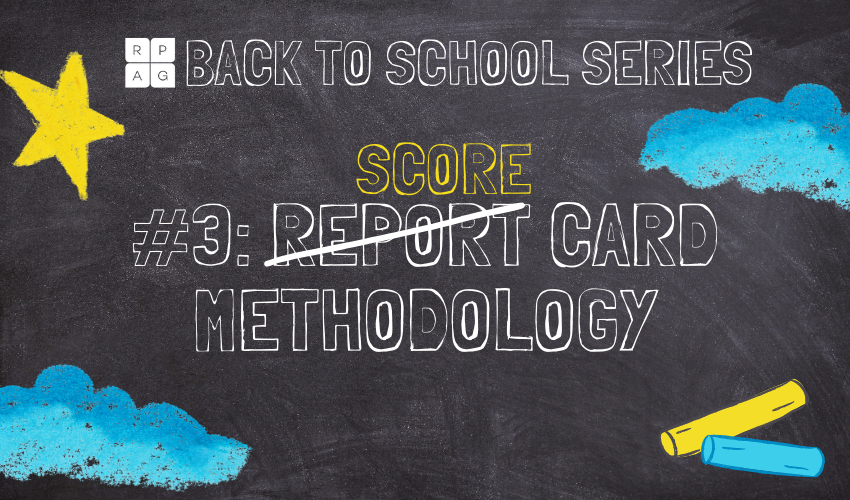Back to School - Scorecard 101
.webp)
Janette Oh is back for another lesson on our Scorecard! The RPAG Scorecard was created as a way for us to evaluate funds by looking at a multitude of criteria. The end result is a straightforward 10-point numerical scoring system that can be used to monitor funds as well as managers. Starting its roots all the way back in 2001, we have perfected the Scorecard to give you an easy way to score a plan’s fund lineup.
In this class, Janette will teach you:
- The strategies behind the scorecard
- How the funds are categorized
- Other solutions that can assist in fund research and due diligence.
Watch now so you can learn how to easily explain to your plan sponsors why you picked or are changing the funds in their plan.
To begin her session, Janette wanted to highlight the three main benefits of using the RPAG Scorecard. The first being that fiduciaries can evaluate investments in a more comprehensive manner through one single score. The second is that our scorecard integrates with our investment policy statement template. And third, the scorecard also allows the user to drill down into the suspect areas, identified easily by the fund's score.
But how are funds actually scored in RPAG? There are three main buckets that we categorize funds into. We have our active, passive, and asset allocation categories. This allows us to customize each scorecard with the most appropriate analytics and evaluate funds against a custom peer group for better fund due diligence. All scores are built with pass/fail analytics on a scale of 0 to 10.
Starting with active funds/strategies, we utilize 5 years of monthly returns for our analytics because it gives a great sample size of 60 data points to pull from and has statistical significance. We are also looking for 4 qualities in an active manager: style purity, outperformance, strong peer group ranking, and a long track record. We also use custom RPAG peer groups that omit passive funds, creating a better apples-to-apples comparison.
Moving on to Asset Allocation Funds, we are still looking for 5 years of monthly data, outperformance, a long track record, high peer group ranking, and use a custom peer group; however, we use new style analytics to better evaluate diversification by the manager, and we use quadratic regression using U.S. equities, international equities, and U.S. fixed income and cash for our custom style benchmarks.
Lastly, for passive funds, we utilize only 3 years of monthly returns because we don't need to see as long of a time period as the other strategies, meaning we are no longer looking for outperformance like we are with the actively managed funds. In addition to the shorter time period, the ideal passive manager will track their benchmark well, have a very consistent style purity, and have a low cost. In opposition to the peer group ranking from the active funds, we remove active funds for that better comparison.
If you would like a more in-depth overview of our scorecard and how to use it, please reach out to support@rpag.com and we will be happy to help you!
|
|
Janette Oh is a Senior Investment Coordinator at RPAG. She is responsible for providing investment support and education to RPAG members as well as overseeing integral work like our quarterly process. |
________________________________________
Looking for more information?
Contact the RPAG Support Team at support@rpag.com to learn more about RPAG and get help with our platform, suite of services, next-gen technology, or anything else!




